Home>Interior Design>Is It Okay To Place A Bed Under A Window?
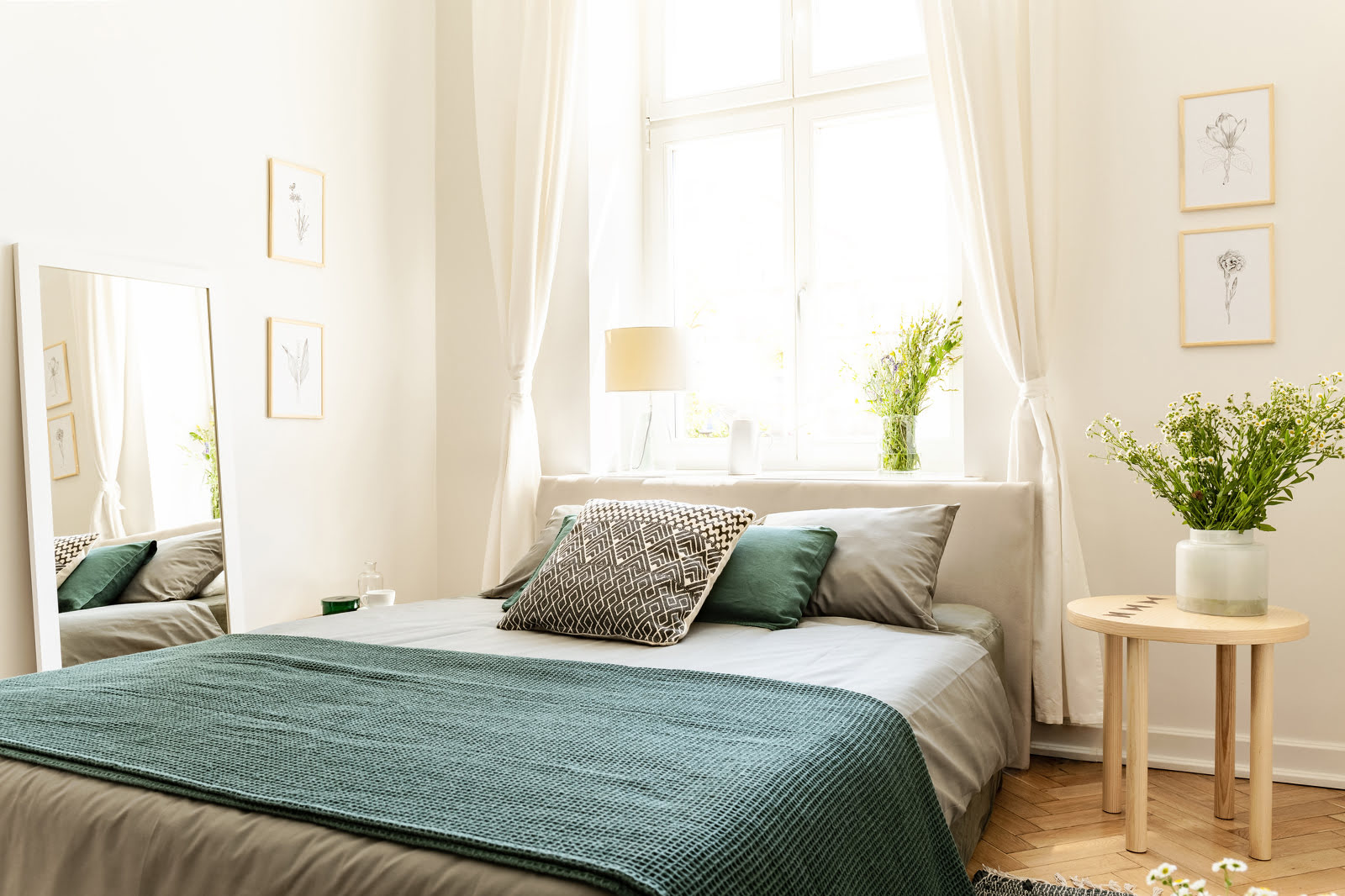

Interior Design
Is It Okay To Place A Bed Under A Window?
Modified: April 23, 2024
Find out if placing a bed under a window is a stylish and functional choice for your interior design. Gain insights and tips from our experts in interior design.
(Many of the links in this article redirect to a specific reviewed product. Your purchase of these products through affiliate links helps to generate commission for Storables.com, at no extra cost. Learn more)
Introduction
Choosing the perfect placement for a bed in a room can be a challenging task, especially when you have limited space to work with. One of the common questions that often arises is whether it is okay to place a bed under a window. This dilemma stems from concerns about draft, privacy, and aesthetic appeal. In this article, we will explore the pros and cons of placing a bed under a window and provide useful tips to optimize this arrangement.
Placing a bed under a window can offer both functional and aesthetic advantages. On the other hand, there are also some potential drawbacks to consider. By weighing these factors and taking into account specific considerations, you can make an informed decision about whether or not to place your bed under a window.
So, let’s dive in and discuss the pros and cons of placing a bed under a window.
Key Takeaways:
- Placing a bed under a window can offer natural light, scenic views, and space-saving benefits, but consider potential drawbacks like drafts, noise, and privacy concerns before making a decision.
- When considering placing a bed under a window, assess window size, bed size, insulation, privacy needs, and bedroom layout. Optimize the space with the right bed frame, window treatments, lighting, and strategic accessories.
Read more: How To Place Rugs Under Beds
Pros of placing a bed under a window
Placing a bed under a window can have several benefits. Here are some of the advantages of this arrangement:
- Natural light: One of the significant advantages of placing a bed under a window is the access to natural light. Waking up to the soft morning sunlight streaming through the window can create a soothing and refreshing ambiance in the bedroom. Natural light can also enhance the overall mood and promote a healthier sleep-wake cycle.
- Scenic views: If your bedroom window overlooks a beautiful garden, a serene landscape, or a stunning city skyline, placing your bed under the window allows you to enjoy these breathtaking views. It can be a treat to wake up to the sight of nature or a vibrant cityscape right from the comfort of your bed.
- Air circulation: Placing the bed under a window can provide better air circulation in the room. If the window can be opened, it allows fresh air to flow into the space, creating a more comfortable and breathable environment for sleeping.
- Space-saving: In rooms with limited floor space, placing the bed under a window can help optimize the available area. It allows you to make the most of the room’s layout, especially if there are other pieces of furniture or fixtures that you need to accommodate.
- Design focal point: A bed placed under a window can serve as a visual anchor and a focal point in the room’s design. It creates a pleasing symmetry and balance, drawing the eye towards the bed and the window as a cohesive unit. This arrangement can make the room feel more put together and visually appealing.
While these advantages make placing a bed under a window seem like a great idea, it’s essential to consider the potential drawbacks as well. Let’s explore the cons of this arrangement in the next section.
Cons of placing a bed under a window
While there are several advantages to placing a bed under a window, there are also some potential drawbacks to consider. Here are a few cons of this arrangement:
- Drafts: Placing a bed under a window may expose you to drafts, especially if the window is not properly insulated. These drafts can make the sleeping area cooler, leading to discomfort during colder months. However, this issue can be mitigated by using thick curtains or blinds to block the draft.
- Noise: If your bedroom is located near a busy street or an area with significant noise pollution, placing the bed under the window can expose you to outside noise. This can disrupt your sleep and affect your overall restfulness. Consider using noise-cancelling curtains or installing soundproof windows to minimize this issue.
- Privacy concerns: Placing your bed under a window may compromise your privacy, especially if the window is on the ground floor or faces a public area. It’s essential to consider this factor, especially if you live in an urban environment or a densely populated area. Using curtains or blinds that provide adequate privacy can help alleviate this concern.
- Limited wall space: Placing the bed under a window can limit the available wall space for other essential furniture or decor. If you have a small room and need additional storage or a desk, this placement may not be the most practical choice. Consider the overall layout and functionality of the room before deciding to place the bed under the window.
- Heat and sunlight: Depending on the orientation of the window and the time of day, placing a bed under a window can expose you to excessive heat and direct sunlight. This can make the sleeping area uncomfortable, especially during hot summer months. Using blackout curtains or adjustable blinds can help regulate the amount of sunlight that enters the room.
Considering these potential drawbacks is crucial before deciding to place your bed under a window. It’s important to weigh them against the pros and your specific requirements to make an informed decision.
It is generally not recommended to place a bed directly under a window, as it can lead to drafts, noise, and potential safety hazards. If you must place a bed under a window, consider using heavy curtains or shades to minimize these issues.
Considerations for placing a bed under a window
Before placing your bed under a window, there are a few important considerations to keep in mind. These factors can help ensure that the arrangement is both functional and aesthetically pleasing. Here are some key considerations:
- Window size and placement: Take into account the size and location of the window. A small, high-placed window may not affect the bed’s placement as much as a large window that extends closer to the floor. Consider how much space the window occupies and how it may impact the overall layout of the room.
- Bed size: Consider the size of your bed in relation to the window. Smaller beds, such as twin or full-size, may be more suitable for placement under a window as they minimize obstruction. Larger beds, such as queen or king-size, may partially cover the window, affecting the airflow and natural light in the room.
- Insulation and weather conditions: Assess the insulation and climate control of your room. If the window is not properly insulated and you live in an area with extreme temperatures, placing the bed under the window may lead to discomfort. Ensure that the window is properly sealed to prevent drafts and excessive heat or cold.
- Privacy requirements: Evaluate your privacy needs. If privacy is a concern, especially if the window faces a public area, consider using curtains, blinds, or window treatments that provide adequate privacy while still allowing natural light to filter through.
- Bedroom layout: Examine the overall layout and design of your bedroom. Consider the positioning of other furniture, such as dressers, nightstands, or desks. Make sure there is enough space around the bed for easy movement and access to other areas of the room.
By taking these considerations into account, you can determine whether placing your bed under a window is a viable option for your specific circumstances.
Tips for optimizing a bed under a window
Placing a bed under a window can be a stylish and functional choice for your bedroom. To make the most of this arrangement, here are some tips to optimize the space:
- Choose the right bed frame: Opt for a bed frame that complements the window and the overall style of the room. A low-profile bed frame or a platform bed can help maintain the sightline to the window and create a seamless visual flow in the space.
- Consider using a headboard: Installing a headboard can provide a visual anchor and create separation between the bed and the window. Choose a headboard that harmonizes with the room’s design and complements the window’s placement.
- Select the appropriate window treatments: Use curtains or blinds that are easy to open and close to control the amount of natural light and privacy you desire. Light fabrics can help diffuse light and create an airy feel, while blackout curtains can provide the necessary darkness for a good night’s sleep.
- Create a focal point: Arrange the bed in a way that makes it the focal point of the room. Consider placing a beautiful piece of artwork above the bed or incorporating decorative accents, such as throw pillows or a cozy blanket, to enhance the aesthetic appeal.
- Utilize storage solutions: Maximize the space under the bed by using storage solutions such as under-bed storage boxes or drawers. This can help compensate for any loss of storage space due to the bed’s placement under the window.
- Add lighting: Ensure that the area around the bed is well-lit. Consider installing wall sconces, bedside lamps, or pendant lights to provide task lighting for reading or other activities. This will help balance the natural light from the window and create a cozy atmosphere.
- Accessorize strategically: Place small decorative items or plants on the windowsill to add a touch of beauty and enhance the connection between the bed and the window. Keep the area around the window clutter-free to maintain a visually pleasing and serene environment.
Implementing these tips can help you optimize the space and create a harmonious and functional arrangement when placing your bed under a window.
Read more: Where To Place The Bed In A Room
Conclusion
Placing a bed under a window can be a practical and aesthetically pleasing choice for your bedroom. It offers advantages such as natural light, scenic views, better air circulation, and space-saving opportunities. However, it’s important to consider the potential drawbacks, including drafts, noise, privacy concerns, limited wall space, and exposure to heat and sunlight.
By carefully considering factors such as the window size and placement, bed size, insulation, privacy requirements, and bedroom layout, you can make an informed decision about whether placing your bed under a window is the right choice for your specific circumstances.
If you decide to go ahead with this arrangement, there are several tips you can follow to optimize the space. Choosing the right bed frame, utilizing appropriate window treatments, creating a focal point, utilizing storage solutions, adding lighting, and accessorizing strategically can all contribute to a functional and visually pleasing setup.
Ultimately, the decision to place a bed under a window should be based on your individual preferences, needs, and the layout of your bedroom. Consider your priorities, weigh the pros and cons, and determine how this arrangement aligns with your overall vision for the space.
Remember, interior design is about creating a space that reflects your personal style and promotes comfort and wellbeing. Whether you choose to place your bed under a window or explore other placement options, make sure it enhances your bedroom’s functionality and brings you joy every time you step into the room.
Frequently Asked Questions about Is It Okay To Place A Bed Under A Window?
Was this page helpful?
At Storables.com, we guarantee accurate and reliable information. Our content, validated by Expert Board Contributors, is crafted following stringent Editorial Policies. We're committed to providing you with well-researched, expert-backed insights for all your informational needs.

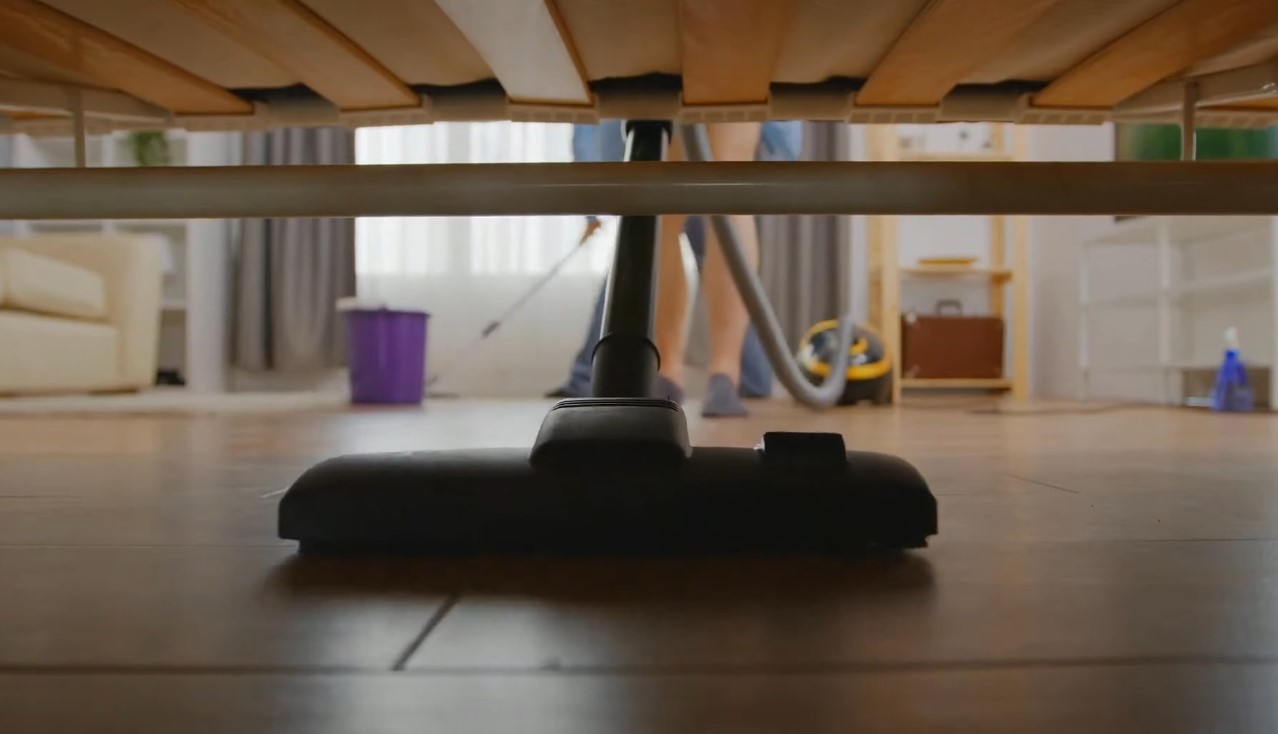
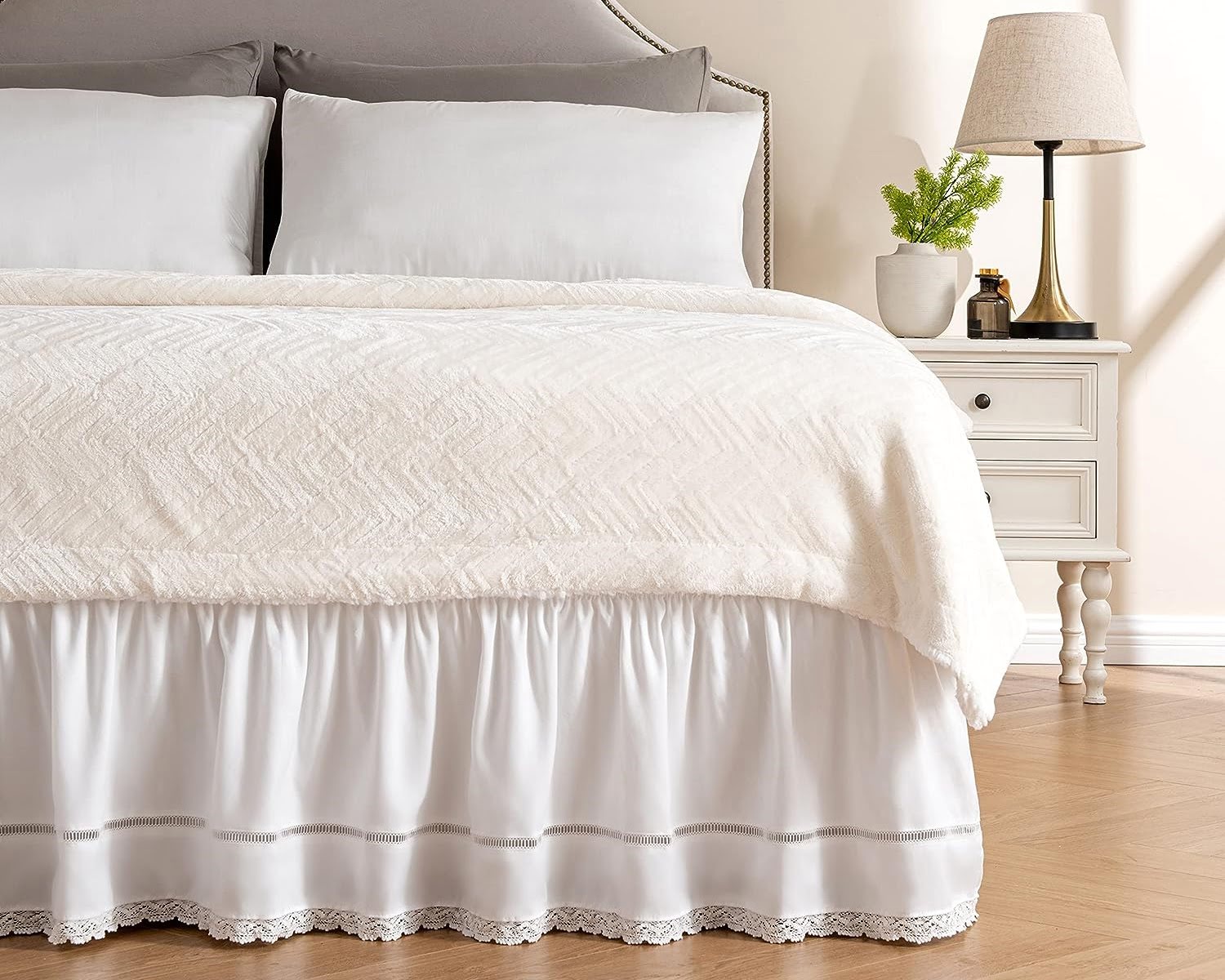
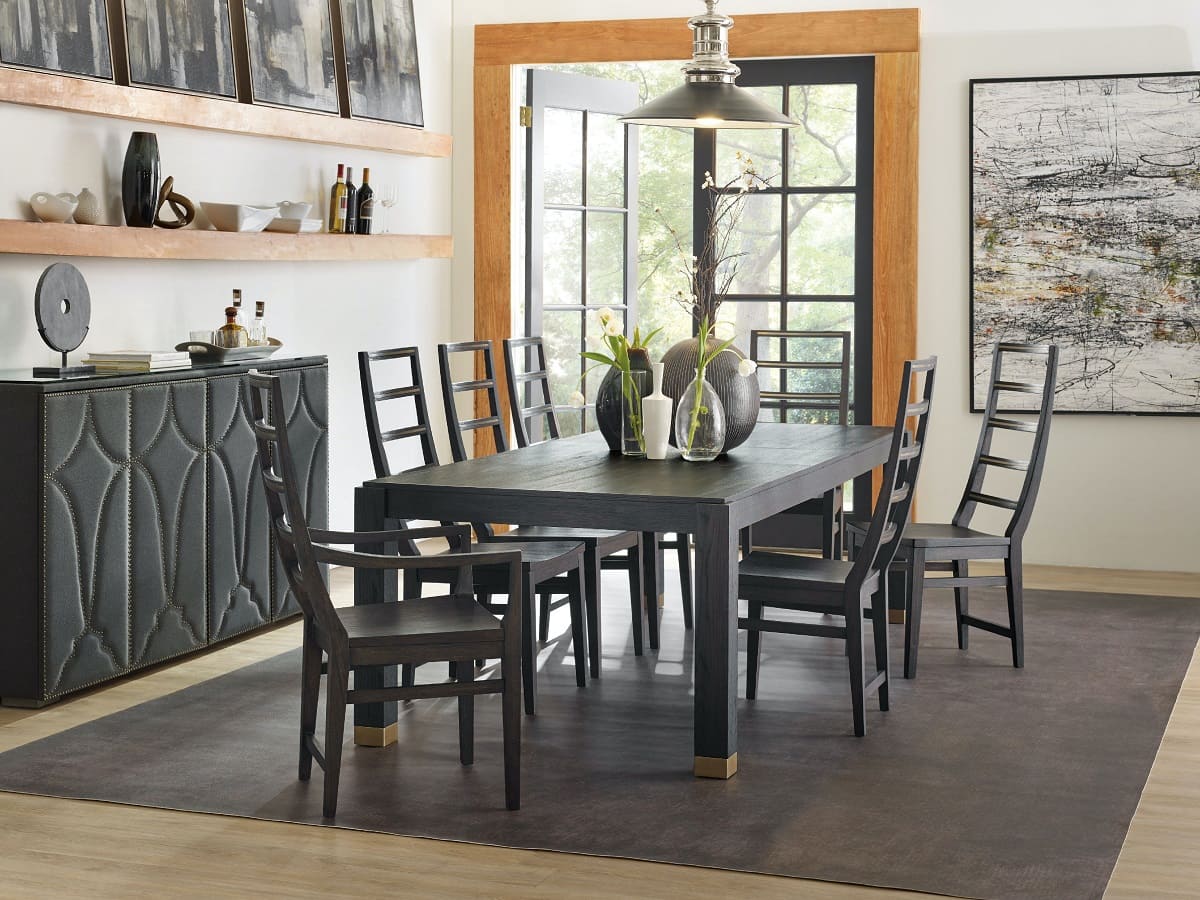
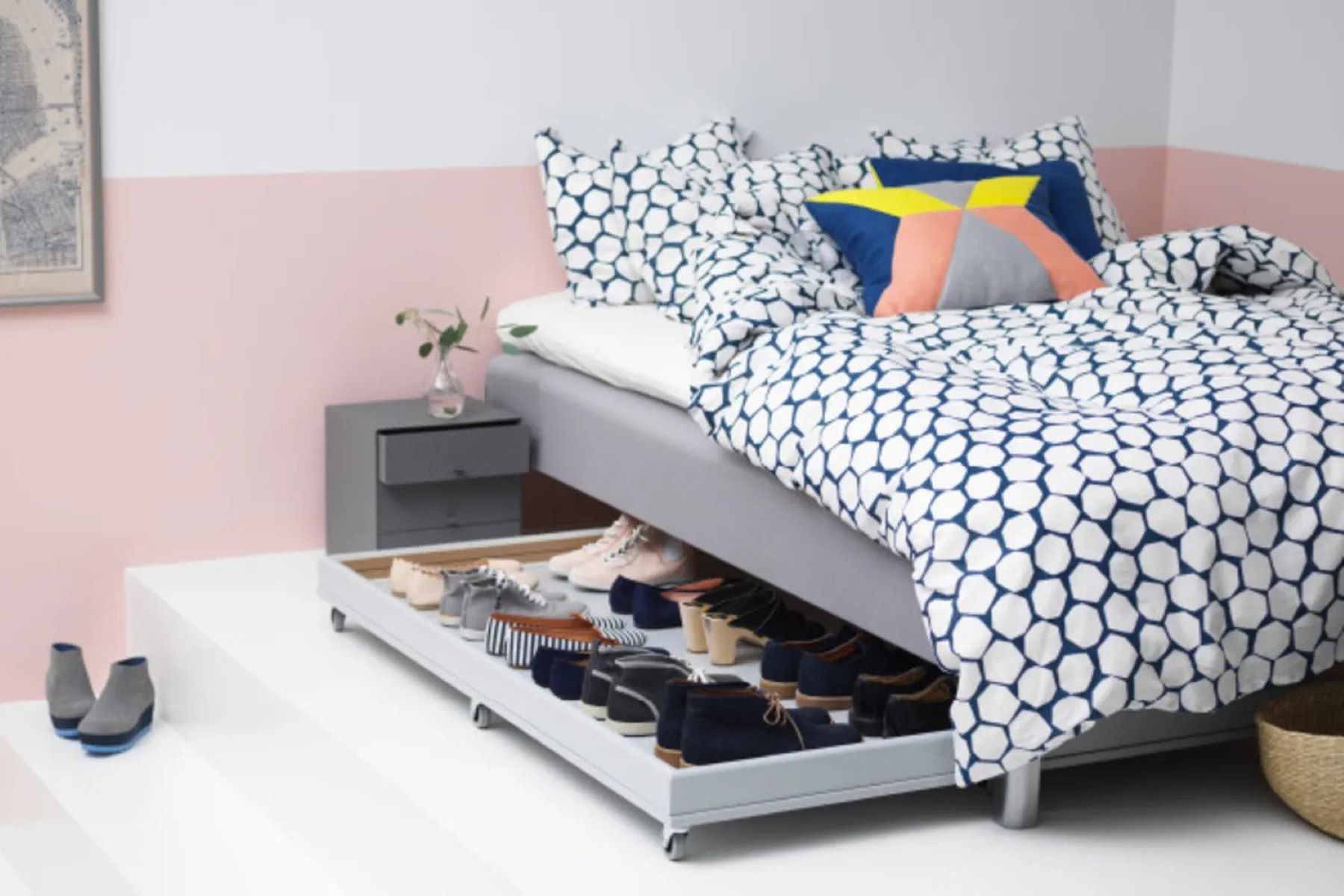
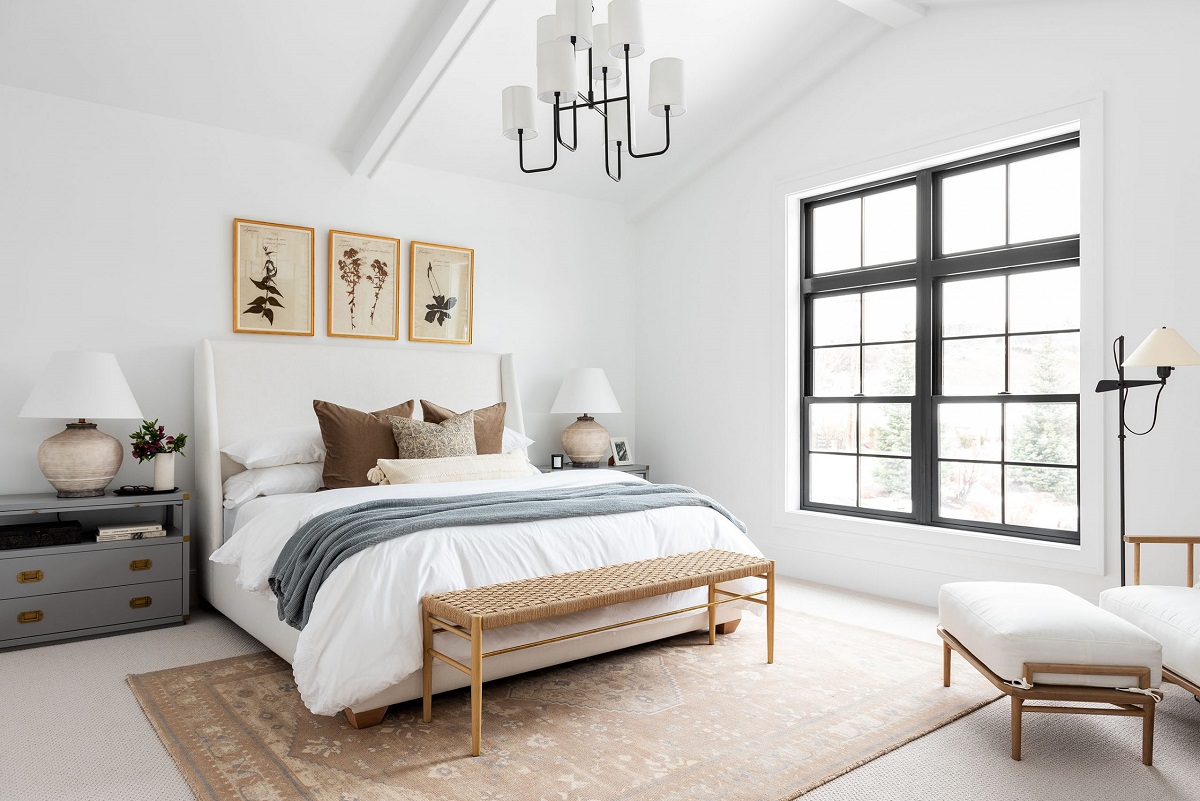
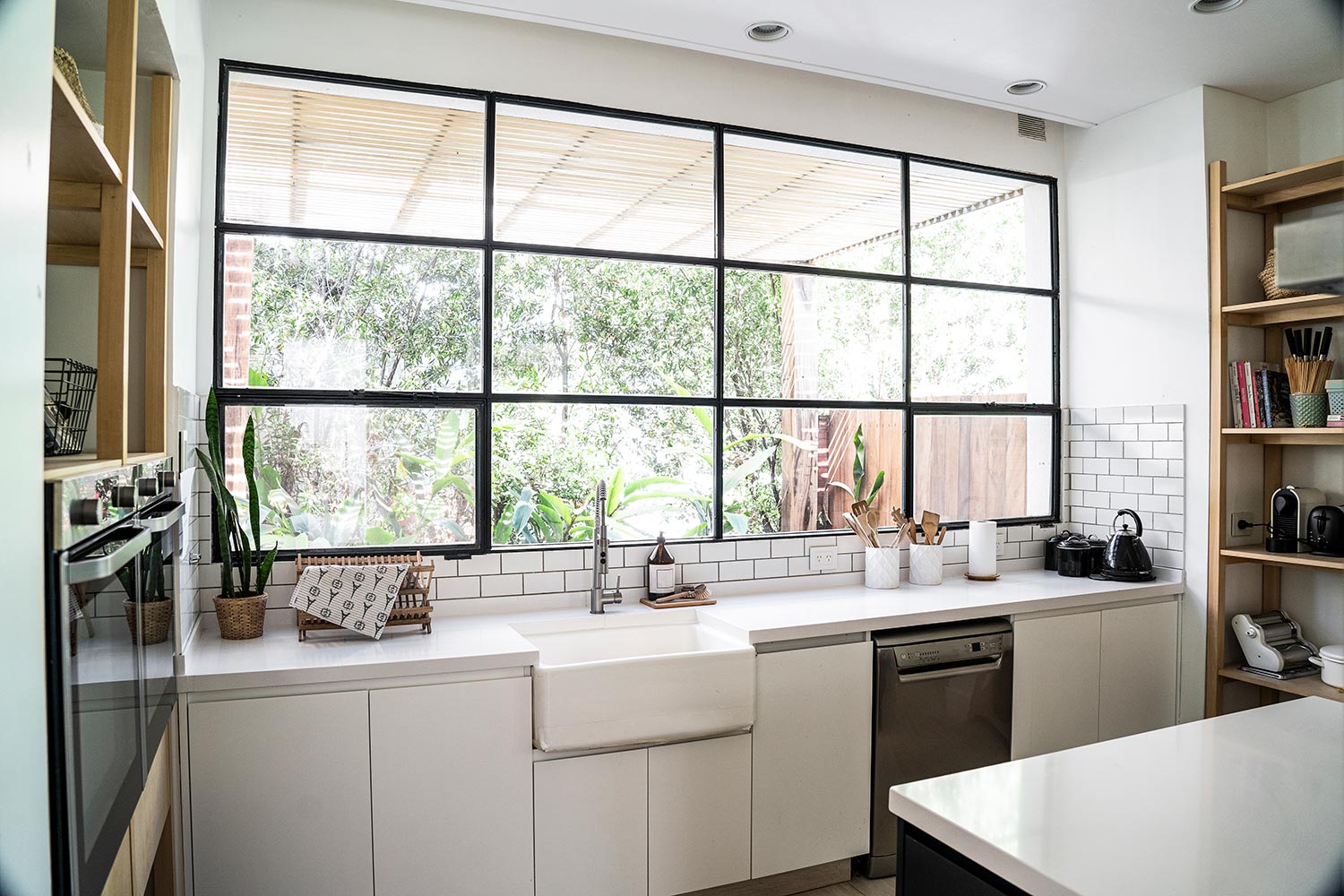
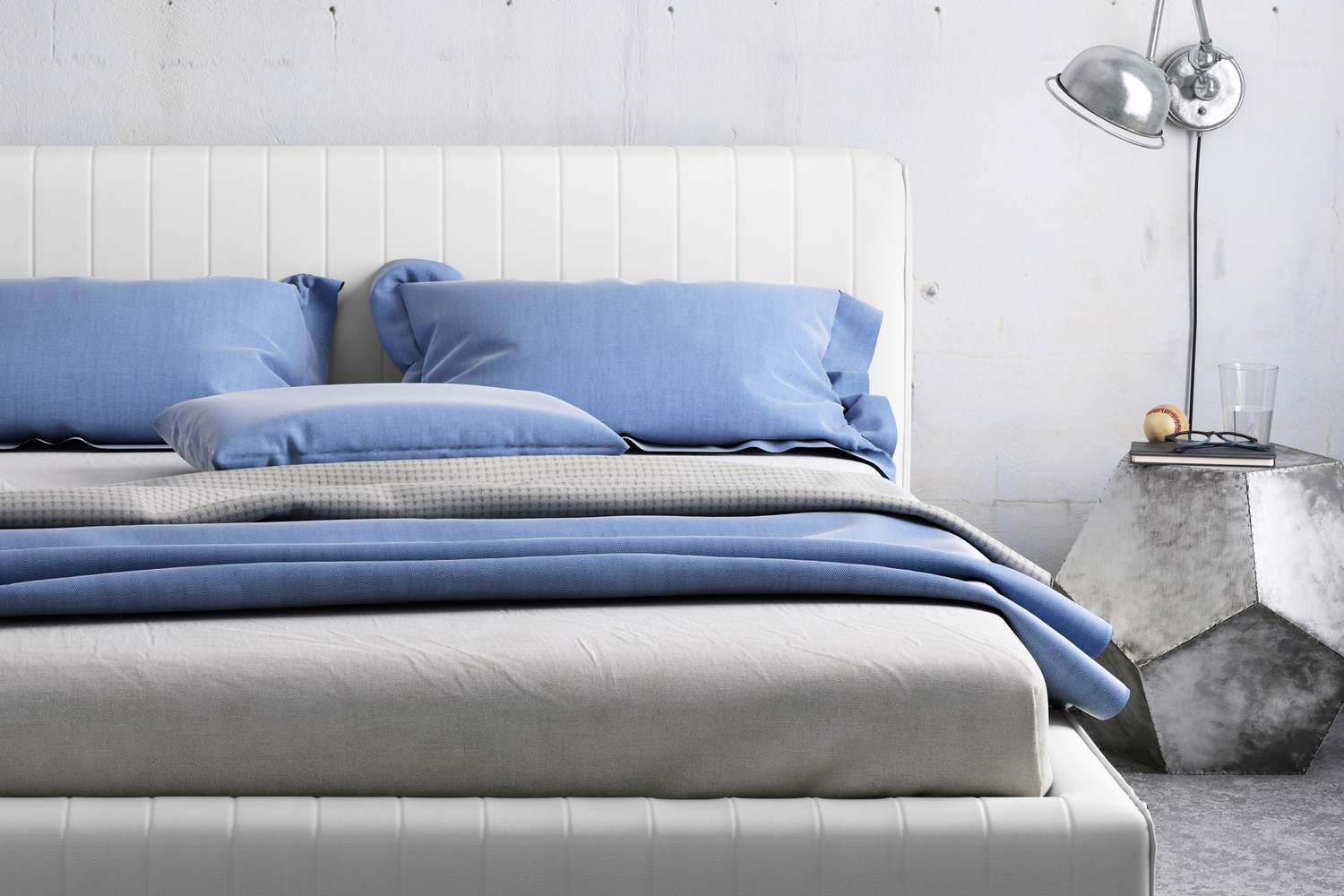
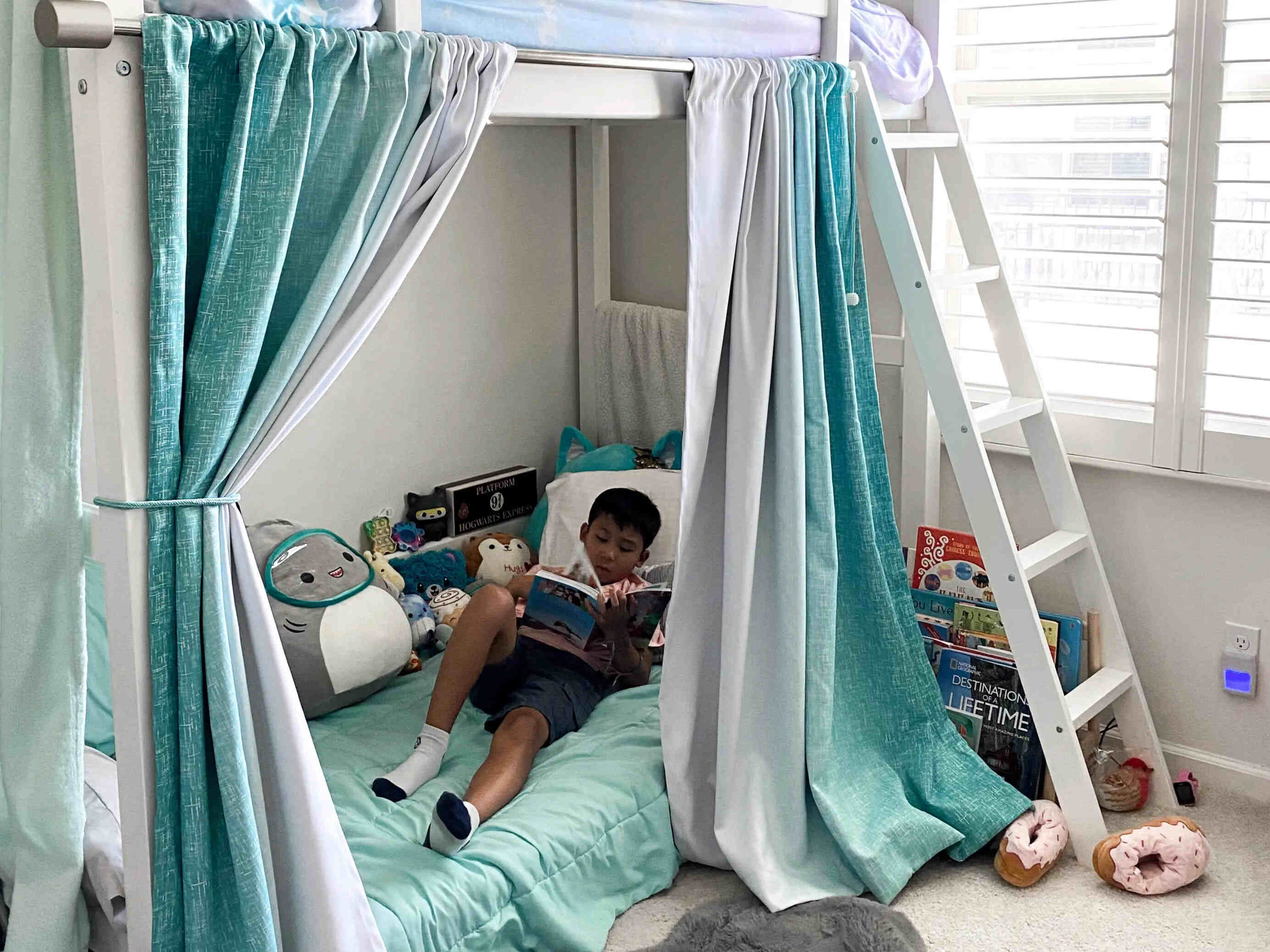


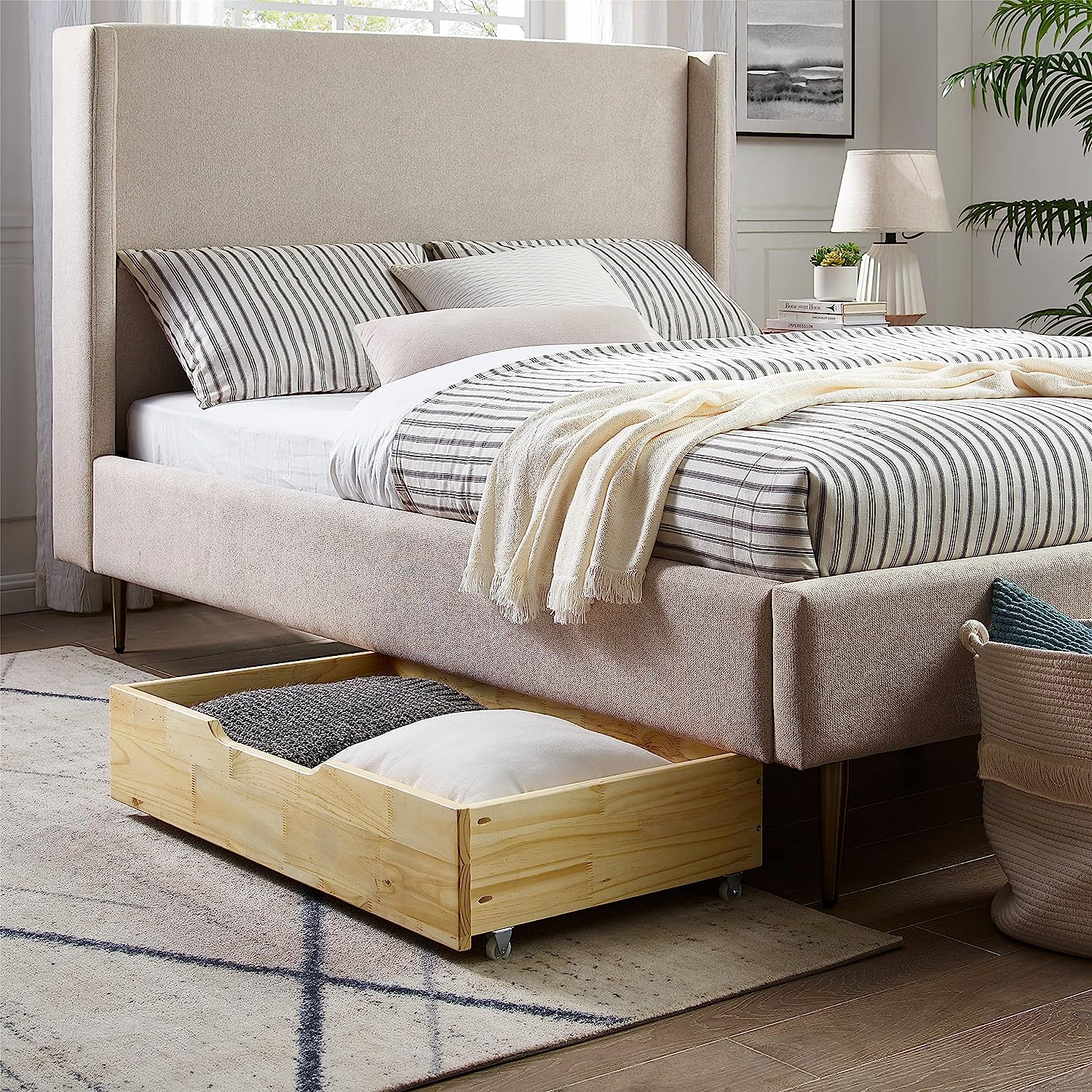
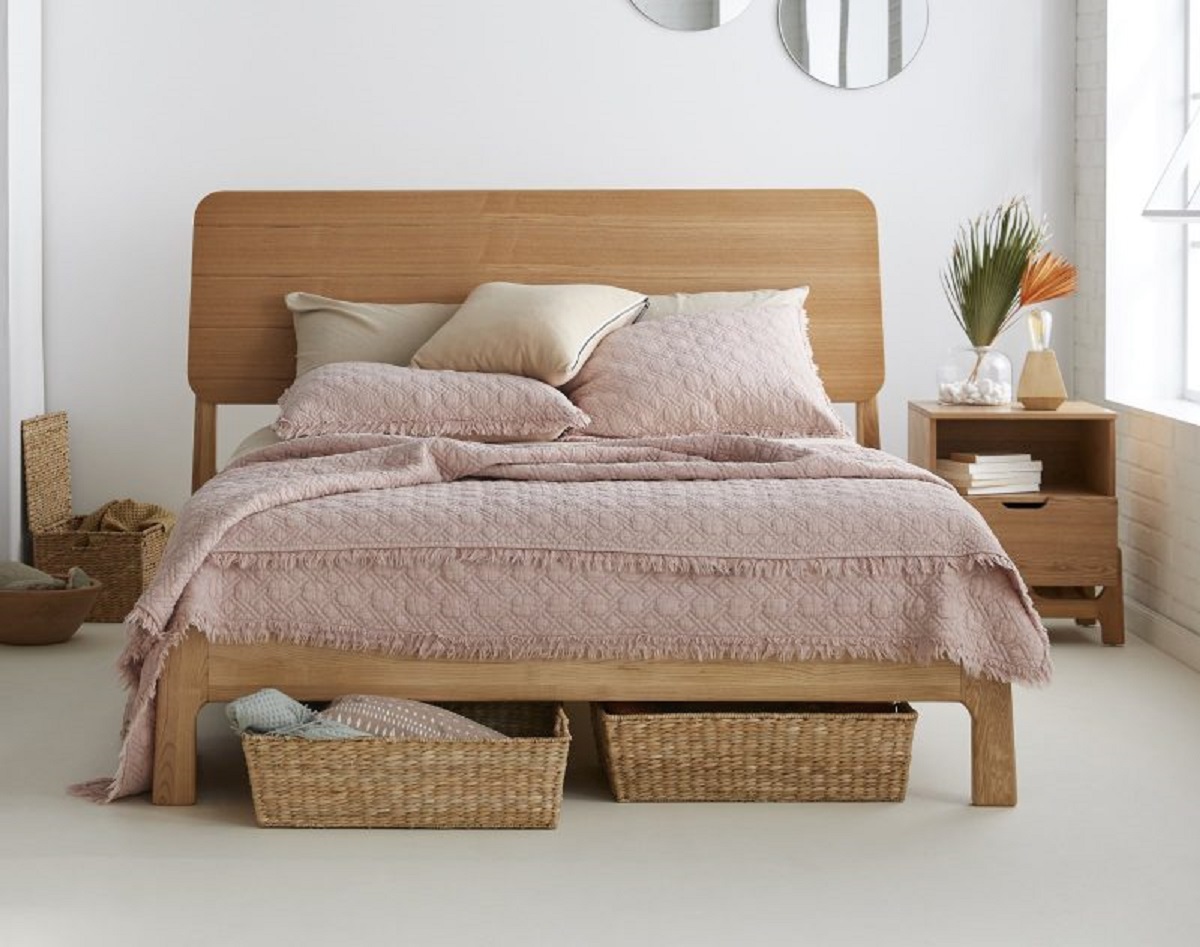
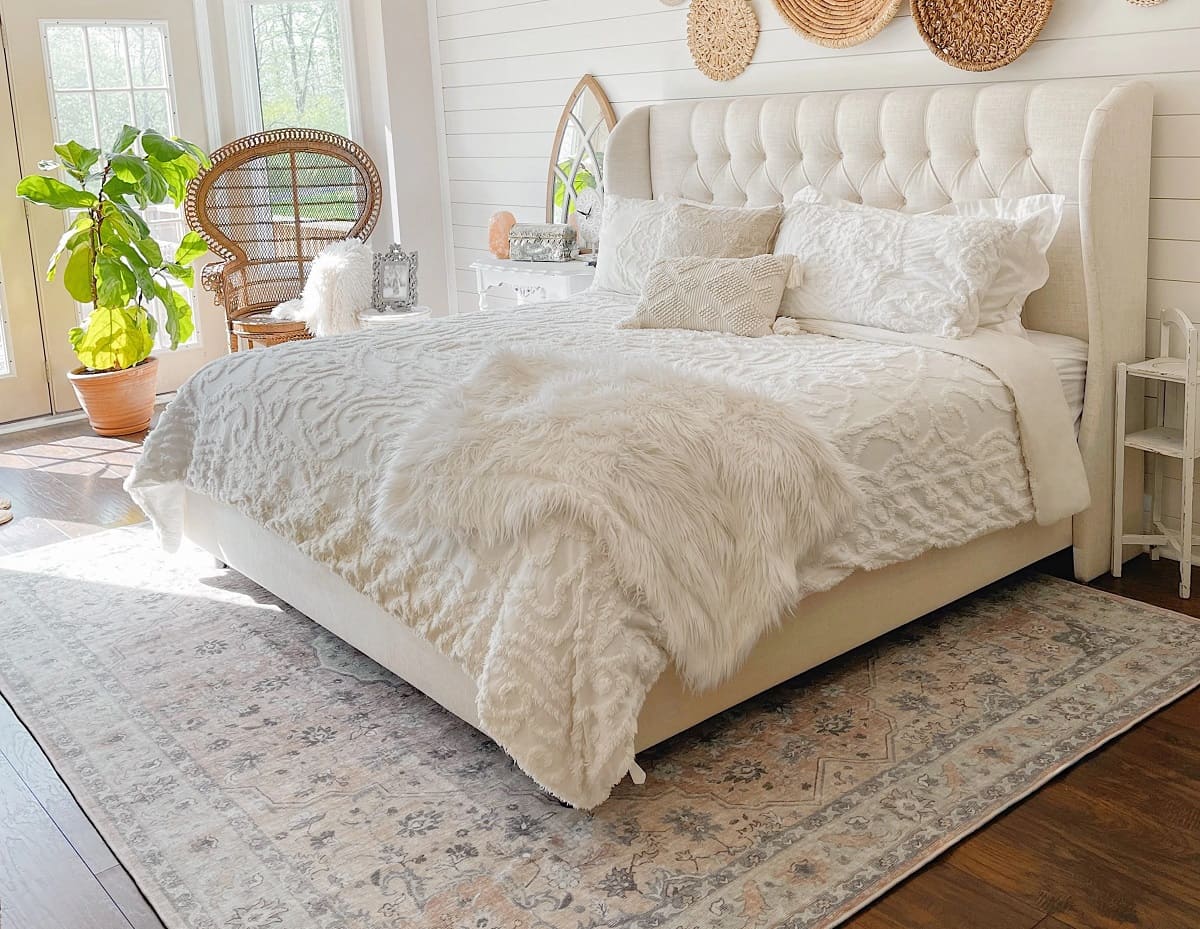

0 thoughts on “Is It Okay To Place A Bed Under A Window?”